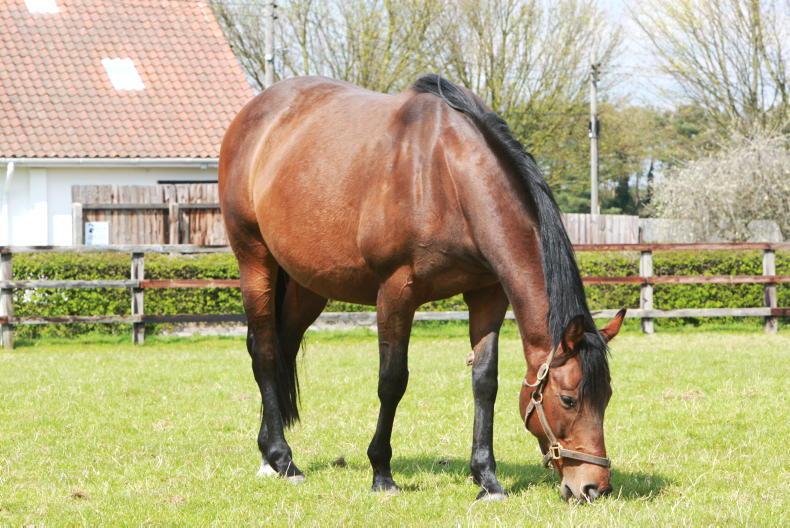DON’T let your mare foaling catch you unprepared. Have your foaling kit ready to go well in advance of your mare’s due date. Here are some essentials everyone should have in their foaling kit.
- Tail bandage or vet wrap: For wrapping up your mare’s tail to keep it out of the way when she is foaling. Vet wrap is handy as it can be thrown away after. Cathy Grassick uses white cotton disposable tail bandages. She says these are easy to get on and off and if there is any excessive bleeding or discharge it’s very easy to see on the white tail bandage.
- Mild sedative or a painkiller: Having these handy that you can administer yourself can be useful post foaling if the mare is unsettled.
- Head collar and lead rope: For your mare should you need to lead her somewhere or encourage her up on to her feet.
- Iodine: Can be used to dip the foal’s navel.
- String or bailing twine: For tying up the placenta.
- Head collar and lead rope: For your mare should you need to lead her somewhere or encourage her up on to her feet.
- Strong plastic bag or bucket: For holding the placenta.
- Clean bucket and warm water: It is good practice to wash down your mare’s hind legs after foaling. By mixing the warm water with Dettol, soap or hibiscrub you will help keep the risk of infection down.
- Sterile bottle: If your foal won’t stand up to nurse you could milk your mare into a bottle and feed the foal to ensure it gets the vital antibodies needed from the colostrum.
- Enema kit: in case your foal needs help to pass meconium (the first faeces).
- Phone: Ensure your mobile phone is charged and you have all the contacts you need in case of an emergency, for example a friend or neighbour who lives close by should you need assistance, and also your vet’s number (including an after-hours on-call vet).
- A torch: Make sure you replace the batteries at the start of the foaling season. This is particularly handy if you don’t have lights in your stable or you want to avoid disturbing other mares in the same yard. A head-mounted LED lamp is particularly helpful to keep your hands free.
- A watch: Keep a close eye on the time, if the foal hasn’t made progress through the birth canal in 10 minutes it is time to call the vet. Make sure you are very familiar with typical intervals for the various stages of birth. If the timings look unusual, call your vet.
- Colostrum: In case of the tragic event that you lose your mare, or your mare won’t allow the foal to nurse, or she isn’t producing any milk, it is still important to give your foal colostrum. It can be stored in a freezer and taken out to defrost naturally when you need it. Mare’s milk replacer or goat’s milk are also good to have on hand for these reasons.
- Calving ropes: In case of a difficult foaling.
- Clean towels or rags: For cleaning your mare or drying your hands, these are handy to have.
- Other extras that are good to have to hand include a mixture of short and long sterile gloves, a roll of cotton wool, scissors.




 This is a subscriber-only article
This is a subscriber-only article
 It looks like you're browsing in private mode
It looks like you're browsing in private mode









SHARING OPTIONS: